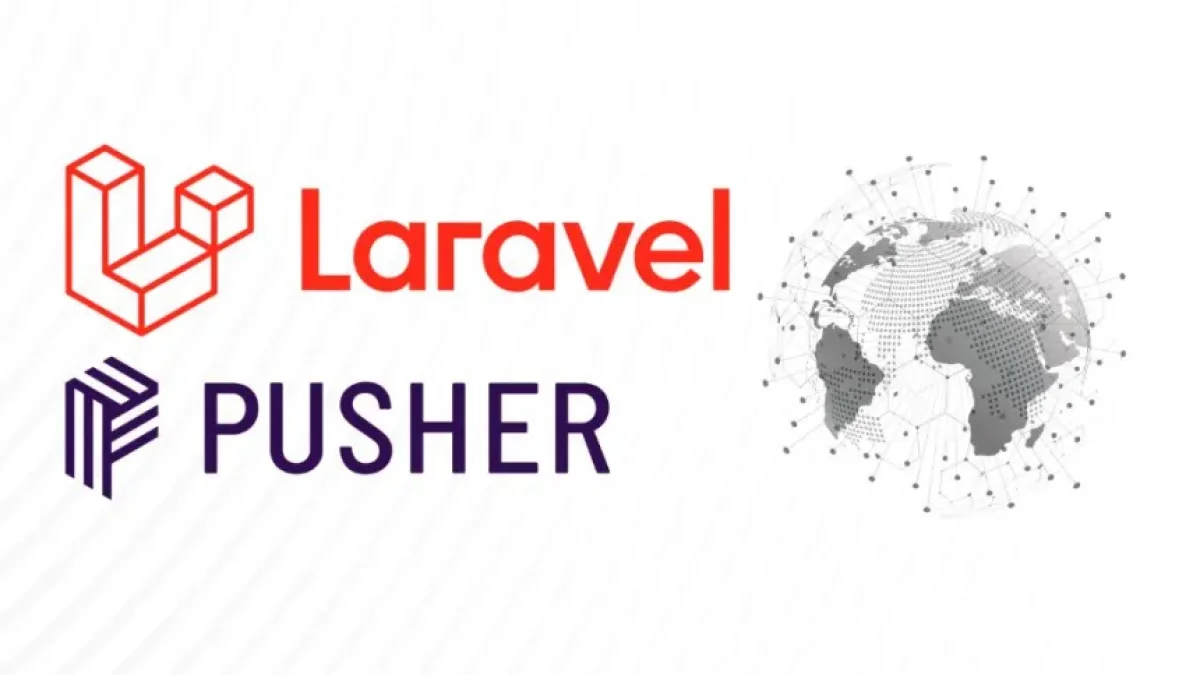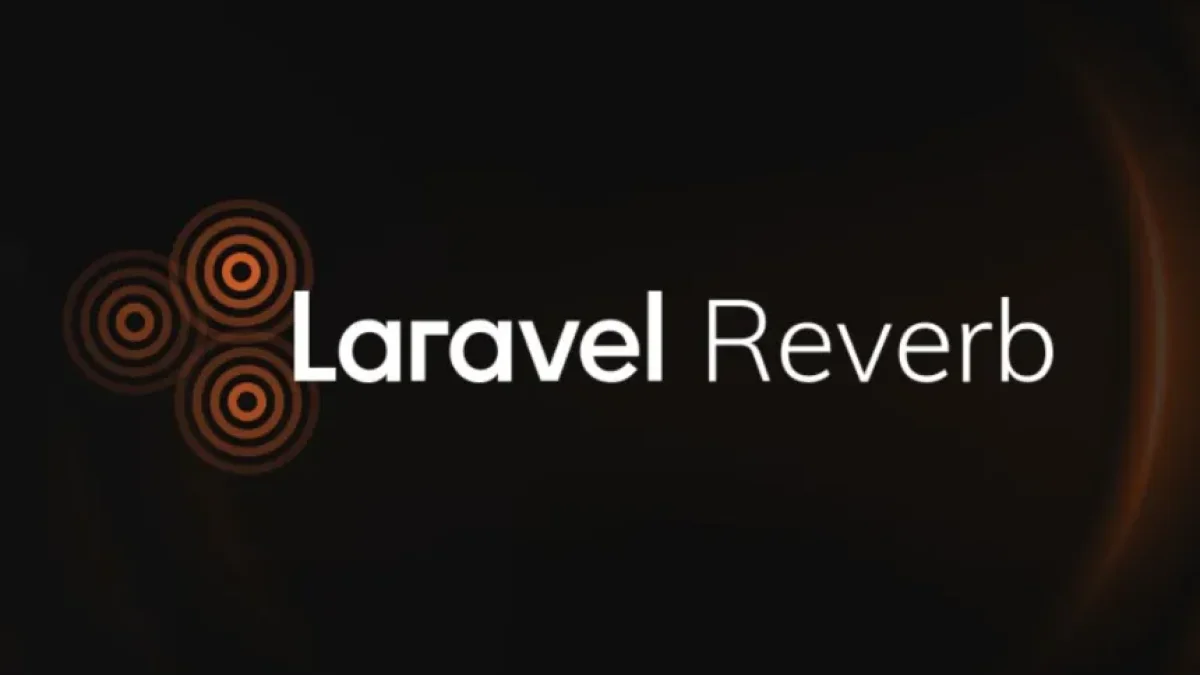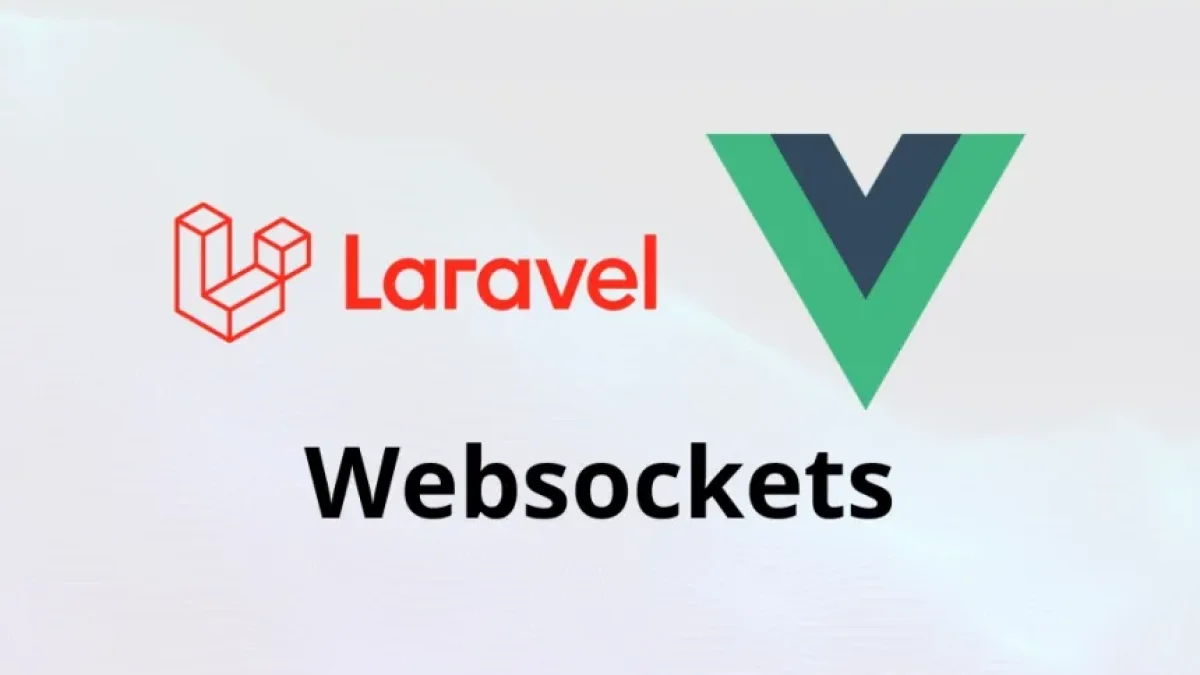Broadcasting real-time events with Laravel and Pusher


In today's world, where immediacy is key, real-time event broadcasting has become a fundamental aspect for many web applications. Laravel, one of the most popular PHP frameworks, offers powerful tools to achieve this functionality. Below, we will explore how to combine Laravel with Pusher to effectively broadcast real-time events.
What is Laravel?
Laravel is an open-source framework designed for web application development in PHP. It offers an elegant syntax and robust tools that facilitate the development of sophisticated applications. Thanks to its architecture based on the MVC (Model-View-Controller) pattern, Laravel allows for a clear separation of application logic, improving code maintainability.
Introduction to Pusher
Pusher is a service that enables real-time communication between applications. By using WebSockets, Pusher facilitates the instant delivery of data to users' browsers without the need to reload the page. This feature makes it an ideal tool for applications that require frequent and real-time updates, such as chat applications, notification systems, and more.
Read also
Setting Up Laravel with Pusher
To begin the process of broadcasting real-time events, it is essential to properly configure Laravel and Pusher. Below are the basic steps to carry out this integration:
- Install Laravel Echo and Pusher: Laravel Echo is a package that makes it easy to manage subscriptions to Laravel events. To integrate it with Pusher, both packages need to be installed. This can be accomplished using Composer for Laravel and npm or Yarn for Pusher.
composer require pusher/pusher-php-server npm install --save laravel-echo pusher-js
- Configure Pusher: Once you have created an account on Pusher, you will obtain the necessary credentials (app_id, key, secret, cluster). These credentials should be part of the Laravel configuration file (config/broadcasting.php).
- Define the Broadcast Channel: In Laravel, event classes are responsible for broadcasting information. When creating a new event, it is essential to define which channel it will use for broadcasting. This is configured using the broadcastOn() method.
- Listen on the Client: To listen for broadcasted events on the client side, Laravel Echo must be utilized. This can be done easily by importing the package in your JavaScript file and subscribing to the corresponding channel.
Echo.channel('channel-name') .listen('EventName', (e) => { console.log(e); });
Example of Use
A practical example of this integration could be a real-time notification system for a messaging application. When a user receives a new message, an event could be triggered in Laravel that notifies all connected clients via Pusher. This would ensure that all users see the new message immediately, enhancing the overall experience of the application.
Advantages of Using Laravel and Pusher
Integrating Laravel with Pusher presents numerous advantages. Some of these include:
- Simplicity in Implementation: Thanks to the available documentation and examples, it's easy to get started with Pusher and Laravel.
- Scalability: Pusher handles the infrastructure required for data broadcasting, allowing developers to focus on building features instead of worrying about server management.
- Support for Multiple Platforms: Pusher allows integration with a variety of languages and platforms, facilitating the creation of web and mobile applications.
Conclusion
Broadcasting real-time events with Laravel and Pusher is not only possible but also accessible for developers of all levels. This combination of technologies opens new doors for creating interactive and dynamic applications that offer users exceptional experiences.
If you want to continue learning about the fascinating world of web development, I invite you to explore more news and articles on my blog.



















